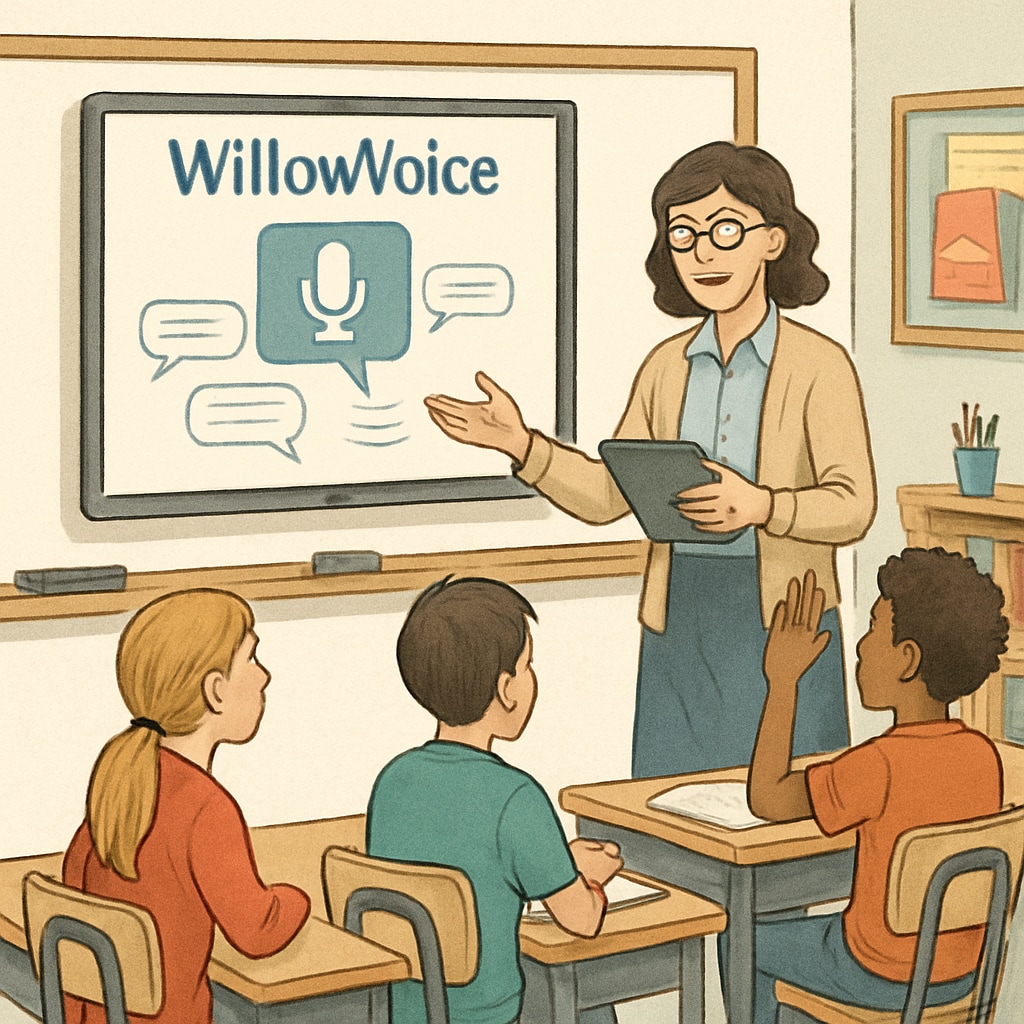Voice recognition, education efficiency, student feedback, and WillowVoice are reshaping the K12 education landscape. As technology continues to advance, voice recognition tools like WillowVoice are playing a pivotal role in enhancing classroom interaction, simplifying teacher workflows, and fostering student engagement. This article explores how WillowVoice leverages cutting-edge technology to optimize learning outcomes and streamline daily tasks for teachers and students alike.
Transforming Classroom Interaction Through Voice Recognition
In traditional classrooms, managing student participation and keeping track of individual progress can be challenging. Voice recognition technology offers a solution by enabling real-time interaction and data collection. WillowVoice, for instance, recognizes academic terminology with high accuracy, allowing teachers to capture student responses effortlessly during discussions or quizzes.
Moreover, this technology empowers students by giving them a voice in the learning process. Students can answer verbally without the fear of being overlooked, creating a more inclusive and engaging environment. As a result, teachers can better understand each student’s learning curve while fostering a collaborative atmosphere for all.

Streamlining Teacher Workflows and Feedback Processes
Providing timely and constructive feedback is essential for student growth, but it can be time-consuming for educators. WillowVoice simplifies this process by transcribing and analyzing verbal responses, enabling teachers to focus on delivering personalized insights. For example, teachers can use the tool to quickly review student answers during assessments and provide targeted feedback within minutes.
Additionally, automated transcription features help reduce administrative burdens. Teachers no longer need to manually record classroom discussions or compile notes, freeing up time for lesson planning and one-on-one support. By streamlining these workflows, WillowVoice helps educators achieve higher efficiency without compromising the quality of their instruction.

Boosting Student Engagement with Innovative Features
Engagement is a critical factor in effective learning, especially in K12 education. WillowVoice incorporates gamified elements and interactive tools to keep students motivated. For example, the system can recognize when students answer correctly and provide immediate verbal praise or points toward class rewards. This real-time feedback encourages active participation and fosters a positive learning environment.
In addition, WillowVoice supports multilingual capabilities, ensuring that students from diverse linguistic backgrounds can engage seamlessly. By accommodating different learning needs, the technology promotes equity and inclusion in the classroom.
Enhancing Long-Term Learning Outcomes
The benefits of voice recognition in education extend beyond classroom efficiency. By using tools like WillowVoice, schools can track long-term trends in student performance. The data collected can inform curriculum adjustments, identify areas where additional support is needed, and help educators refine their teaching strategies.
For example, a study on voice recognition in classrooms by Britannica indicates that real-time assessment tools significantly improve learning outcomes. Similarly, research from Wikipedia highlights the role of education technology in personalized learning.
By leveraging these insights, WillowVoice not only supports current teaching needs but also prepares students for future academic challenges.
Conclusion: Voice recognition, education efficiency, student feedback, and WillowVoice collectively represent a transformative shift in K12 education. By simplifying workflows, enhancing interaction, and promoting engagement, WillowVoice empowers educators to achieve more with less effort. As technology continues to evolve, tools like WillowVoice will undoubtedly play an even greater role in shaping the classrooms of tomorrow.


